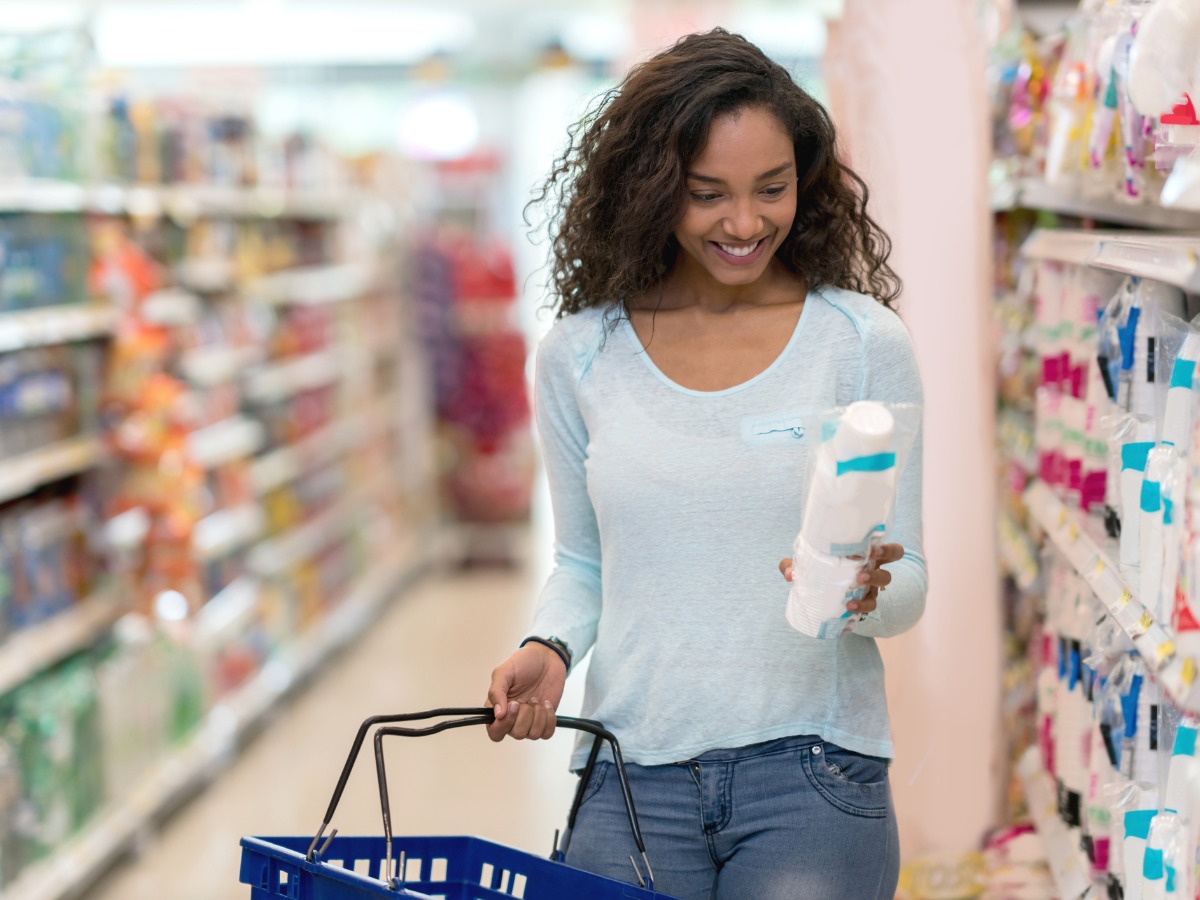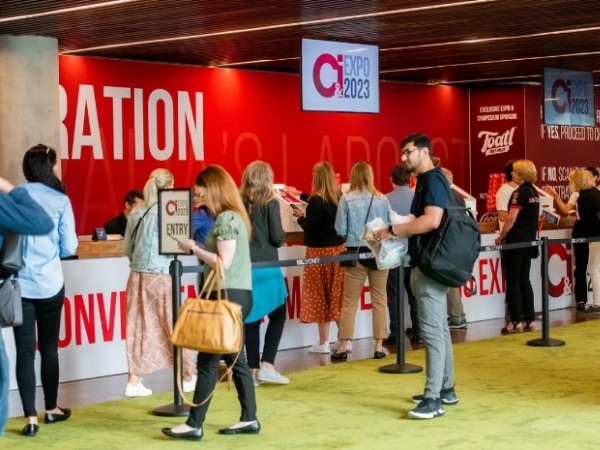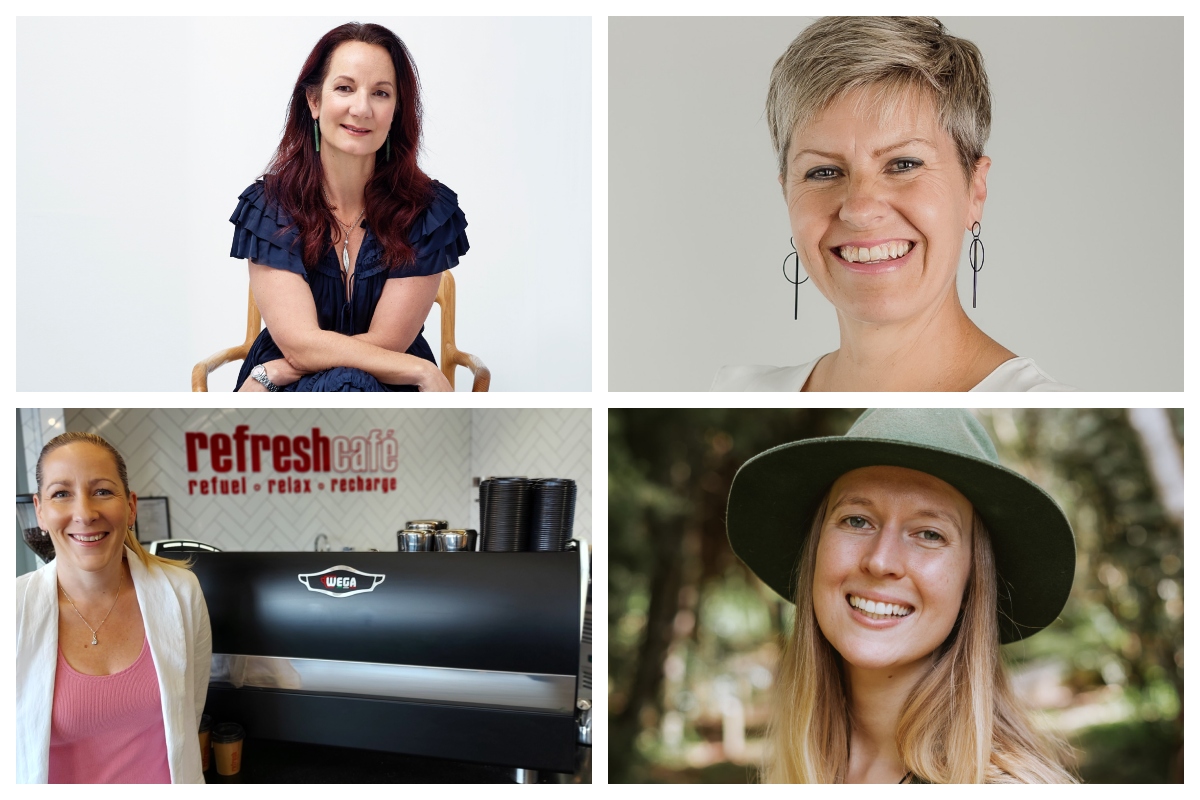This article was written by Andrew Arnold, Country Manager, Shopper Intelligence New Zealand, for the September issue of FMCG Business.
Many years ago, I did a stint as a Convenience Key Account Manager. I look back on that role fondly from the benefit of hindsight, as it was a great channel to work in while at the same time posing a good challenge to understand and grow my category. But there was a challenge that proved a difficult nut to crack – as my brand was the clear number two in our category, I didn’t get the lion’s share of the promo slots, so how could I make the best use of what I was able to secure? Where was the best place to talk to my shoppers? Again, with the benefit of hindsight I wish that I had had access to shopper data back then, because it would have made my life a whole lot easier.
Go hard or go easy?
Let’s assume that we have a category with a certain number of promotional slots in a year. What is the best way to use them? Should we go deep? Should we go multibuy? Or should we focus on the value perception angle? The answer is rooted in listening to your shoppers, as they will tell you what you should do. It’s important to understand off the bat how important offers are to your shopper, but you also need to know if they have high price knowledge. This matters because if you have a shopper that places a high importance on offers but doesn’t really know what price they pay from week to week, then the fact that a promotion is on will be enough to satisfy them. Going hard or going deep is only needed if the shoppers have high price knowledge. Energy Drinks and Chocolate Bars are solid examples of categories where there is high importance of offers and high price knowledge – you must demonstrate the saving here. But in Sports Drinks and Chips, price knowledge is relatively weak so even though shoppers want to see deals the depth doesn’t need to be massive. You can achieve the desired effect with a shallower price play.
And then you have the categories where offers aren’t that important to begin with – for example Hot Food or Single Serve Ice Cream. Promote if you must but do so in the knowledge that the price is less important to the shopper than other factors. Emphasise the occasionality of the category, or the need that it is meeting rather than the fact that the shopper will save some money making the purchase. That will register more effectively with the shopper.
The mechanic
To multibuy or not to multibuy… let’s face it, over the years the convenience channel has been really good at pushing multibuys, and in a good number of cases they have worked pretty well. However, there is a point where using a multibuy is not going to be as effective as a single price point. The flipside is that there may also be opportunities to use multibuys where they haven’t been utilised before.
Where are multibuys going to be most effective? The shopper data indicates that multibuys will work best in categories where shoppers are in the mindset of being open to buying extra if presented with a suitably enticing promotional offer. Shoppers in Liquid Breakfast, Milk and Iced Tea fall very strongly into this mindset. But be careful about going to the well too often in categories like Mints and Gum, Soft Drink and Water – shoppers in these categories are less likely to be in that mindset where a multibuy is going to be attractive. For these shoppers a single price point will fit the bill. Consider too categories which may not have necessarily been used in the past for this mechanic – I must confess I haven’t seen many multibuy promotions in the past on Chocolate Bags, but this category ranks third amongst all categories on this measure.
It also pays to think about why the shoppers have come to the store in the first place as this also plays a role in their multibuy mindset. Shoppers on a specific fuel mission are less likely to favourably consider a multibuy, while shoppers on a non-fuel/top up shopping mission are significantly more likely to be in this mindset. Combine a category open to multibuys with the top up mission and you will have shoppers searching out a multibuy opportunity.
Where do you talk about it?
The final thing to consider on this topic of promotional activity is where do I need to talk to shoppers? The simple dividing line is to think about whether this needs to be an in-store conversation or whether you need to catch their attention before they enter the store. This matters a lot because unless you have a clear idea of where shoppers are likely to be in the mindset to notice what you are trying to tell them, you may be spending all your activation money in a place where it isn’t going to be effective.
If we are talking about pre-store communications, then what we are talking about is any kind of messaging the shopper sees before they enter the store. This could be the vergeboard, a window poster, a pump topper – anything that isn’t inside the store itself. Shoppers in Energy Drinks, Milk, Natural Health Drinks (like Kombucha) and Packaged Bread are much more likely to be in this kind of headspace as they are highly planned and some kind of promo trigger is a significant factor in that planning. But in-store promo cues are not likely to be as effective for these categories – visibility is still very important in terms of being able to easily find and see the category (especially in the case of Energy Drinks and Milk), but these categories aren’t very impulsive. To make sure the in-store promo activation is geared for success, it is impulsive categories that need to shine once the shopper goes through the door. Mints and Gum, Chips and even Car Accessories (light bulbs, oil etc) are highly likely to be bought impulsively if the shopper notices a price promotion. It’s a cliché, but you really do have to fish where the fish are.
It’s a melting pot
What is hopefully clear by now is that to just put a promo price on a product and walk away thinking the job is done is far too simplistic. The convenience channel possesses a wide variety of shoppers with very different mindsets, and how they perceive promotions plays a significant role in how you should design your promotional programs and activations. Listen to your shoppers, they will tell you what you need to do.



